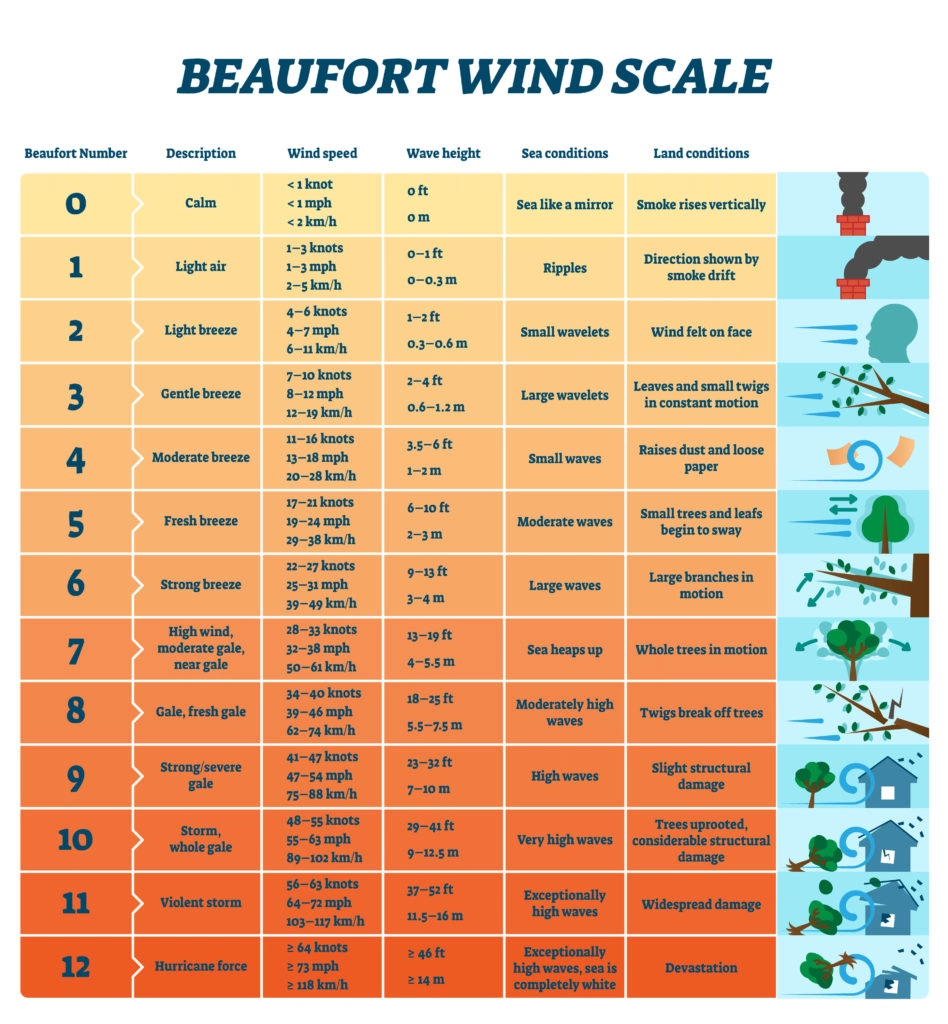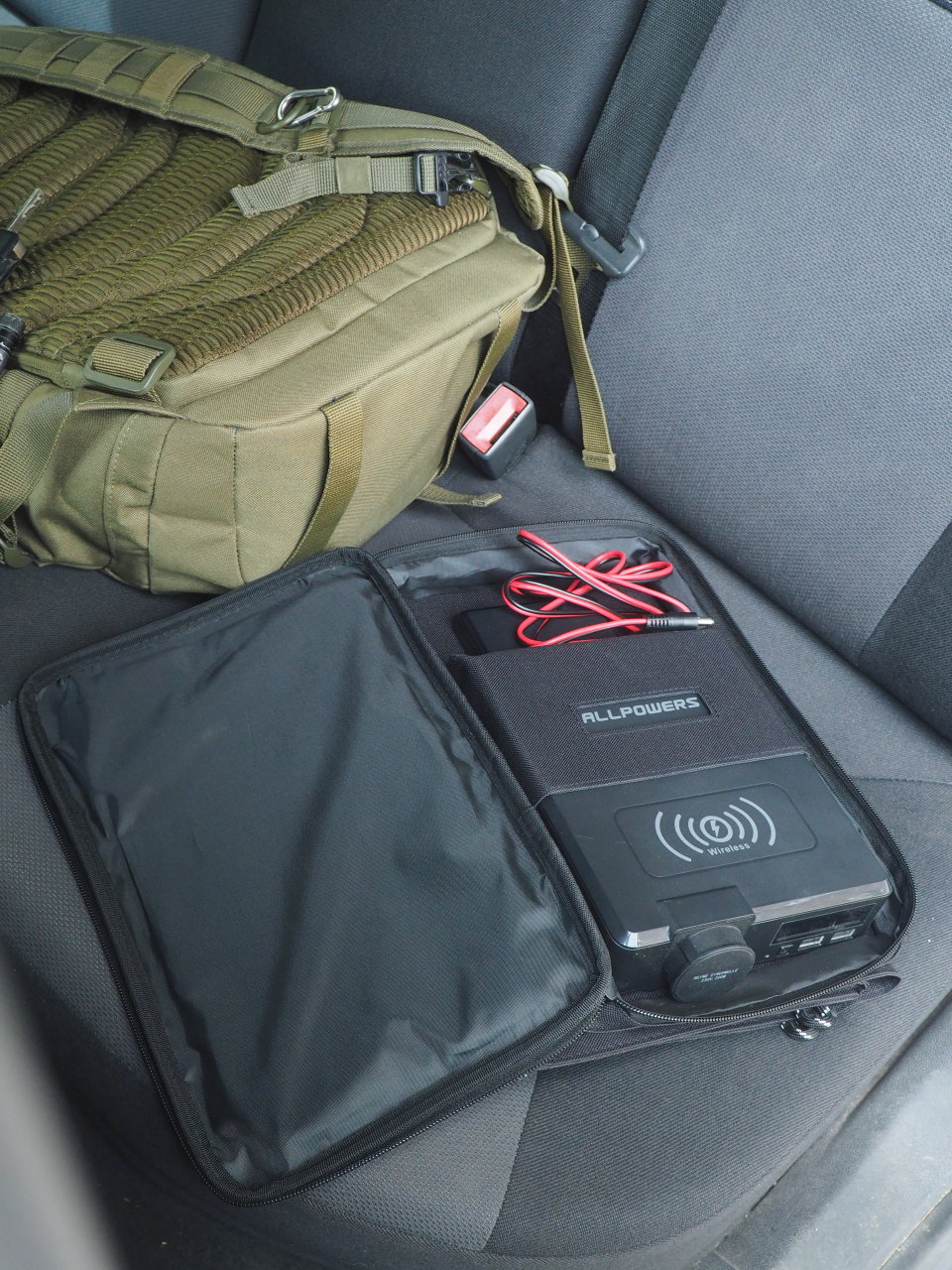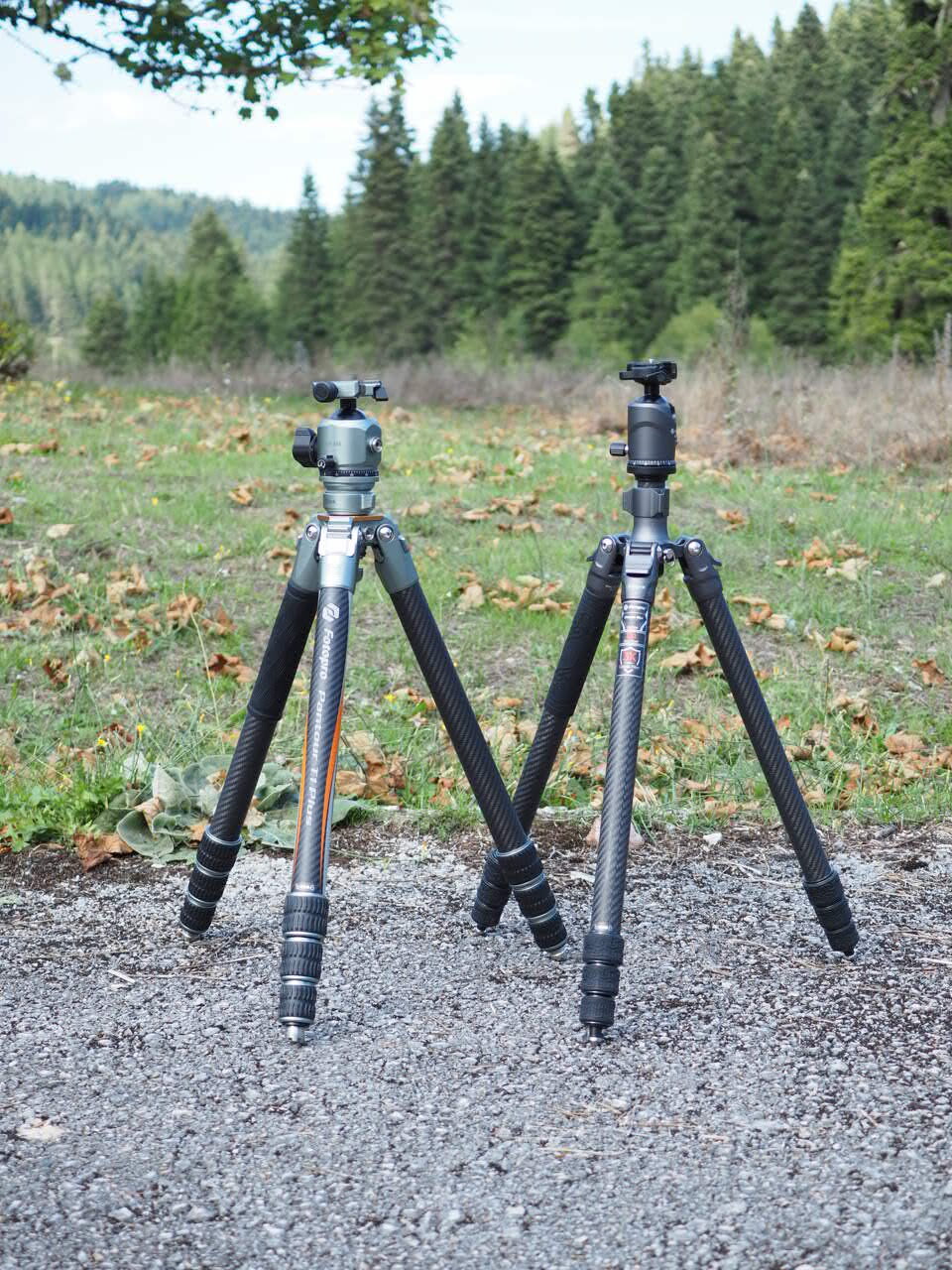
Fotopro Sherpa Max tripod high wind stability test
Review by Dimou Dimitris

Disclosure
I am a Fotopro Product Experience Officer and this Sherpa Max tripod is provided to me by Fotopro. Despite that, this is an honest review as the company itself, expects from Product Experience Officers to test the products and report potential flaws, problems and bad experiences we might have.
Backstory
Having a great interest in shooting video, I was willing to try out the stability of the new Fotopro Sherpa Max. When I was a couple of years into landscape photography, I invested in my first decent tripod. After this first one, many other followed, but I was always unhappy with their performance. It turns out that my own mindset had put me into a quagmire, as I was opting for the lightweight side of tripods. At first I was thinking that compactness was so important, that I used to prefer 5 section tripods. But quickly I figured out that this was not the case, as the tripod is carried on the exterior of my backpack and it has nothing to do with cutting down my packs useful carrying space. Also those thin 5th sections are so flimsy, they would wobble with a breeze of air.
After using those, I made up my mind and found myself using 4 section tripods, which seem to be the sweet spot between rigidity and compactness. But even then the largest I had gone, was a largest section leg diameter of 22mm. Meaning, the smallest diameter section would be around 16mm with the problems mentioned above, still prominent. But with some reverse problem solving, you can easily tell why you carry a tripod in the first place. This is to provide a stable shooting platform and if that comes in a lightweight package, well, that is a bonus. This is not to say that I have gone 180 degrees the other way and I am willing to carry a 6kg tripod legs and head combo, but I think I got my mind straight. So, fast forward today, I am very fortunate to be able to own and test out extensively the new Fotopro Sherpa Max, as it checks all the boxes for the type of work I do.

Thought process
The reason I tested the tripod while shooting video is simple. When shooting pictures, you can achieve a sharp picture with various ways. Using a tripod is one of them, cranking up the shutter speed is another, even adding sharpness in the edit. But the thing is that if a single image is sharp, is this adequate in order to verify the tripod is stable? Even a momentary lapse of wind would allow for a sharp image. It would need to take hundreds of photos and calculate the keepers ratio in regards to the total pictures shot.
In video, it is far easier to test the tripod, as even a minor change in framing, will be picked up by the eye, meaning the camera/tripod setup has moved and that is all we need to know. Also, shooting a 15 seconds video is effectively 450 single pictures, if you are shooting in 30 frames per second. So that’s why I used video as the medium to demonstrate the tripods’ stability.
Testing
The first challenge was to wait for a windy day. When that happened, I managed to find some time during noon, when the wind usually has the highest speed throughout the day. The test took place on a coast of Evia island, which I am familiar with, and high winds are very common. I did add some weight on the hook, using my backpack on the first 2 configurations, but on the last 2, I used no extra weight. Although the conditions were very demanding, in regards to shooting video, in case of shooting still images it was not bad, as there was plenty of light to crank up the shutter speed.
I got great results though, that can be shown in the video that has not been manipulated in any way, except the basic edit. It should be pointed out though, that footage with micro jitters or even more prevalent shake, can still be used when processed with the warp stabilizer of your video editor. Also, the weight of the camera setup itself, has also an impact on the final result. Being a Micro Four Thirds user, I know that my gear is among the lightest out there. So by itself, it won’t add a fair amount of weight on the tripod and it would be easily blown away by the wind. Videos are shot with 2 different focal lengths, 28mm and 84mm (in full frame equivalence). The wind speed was about 40km/hr, according to the weather forecast of the specific time and place.
The test was conducted in 4 discrete tripod configurations:
- Tripod in full height, center column extended with added weight
- Tripod in full height, center column retracted with added weight
- Tripod legs spread (2nd stage, 3 sections extended), center column retracted without added weight
- Tripod legs spread (3rd stage, 2 sections extended), center column retracted without added weight.
In the first configuration, it is supposed that the photographer needs to use the full height of the tripod. In that case it is necessary to have the center column extended. The challenge in this scenario, is to see the stability that can be achieved, by the locking mechanism of the center column. The wind blowing throughout the test was somewhat steady, although there were some gusts blown from time to time. The video shot at 28mm focal length has no noticeable shake and even at 84mm which there was visible shake, it is still usable, as mentioned earlier with the use of a warp stabilizer.
The second configuration is by definition more stable. Taking the center column out of the equation gives much better results. No matter the construction quality of your tripod, retracting the center column will have a great impact on your footage. When the height, without the center column extended is adequate, this is the way to go. At 28mm the video is perfect and even at 84mm there is no visible shake.
When getting lower things improve even more, despite the fact that there is no extra weight to act as an anchor point. Although the conditions were far from ideal, you can have peace of mind. Shooting both at 28mm and 84 is steady. This could also have been a chance to test the load bearing handling of the tripod legs, in the transverse plane, if only I had attached some extra weight. As the legs are spread wider and wider, the weight shifts increasingly off the longitudinal axis. This could potentially show up as a minor up and down movement. But if your camera setup is lightweight, it will go unnoticed. It seems that this is a test for another time. So, in case height is not a restricting factor and you can get low, you should definitely try it.
The last test had the expected outcome. This rock solid configuration is expected to introduce no vibrations, so the video recorded was super stable. In this case though, only the 2 larger sections were carrying the cameras weight. Meaning those with the larger diameters, would obviously are more rigid than the thinner ones. There was no difference between 28mm and 84mm. Shooting in both those focal lengths there was no shake in the final video whatsoever.
We have to take into consideration though, that the tripod legs are the half part of the equation. The ballhead is the other half. The sturdiest set of tripod legs, with a flimsy ballhead, will not do the trick, and vice versa. So it needs to be said, that the Fotopro 62QS ballhead, has itself a great build quality that adds to the overall stability, no doubt.
Verdict
Well, that was all. I tried to simulate some common scenarios, where different tripod configurations would be needed. In each case the tripod performed exceptionally well. Also trying a longer focal length, is like actively searching for micro vibrations with a magnifying glass. Even in those instances, there were little to no findings, backing up the case that the Fotopro Sherpa Max is an extremely stable platform. In my experience, this level of stability should be the bare minimum when it comes to a tripod. And from there you should move up, if you have a specific need. In any other case the bar is set by the Sherpa Max and is already set pretty high.


